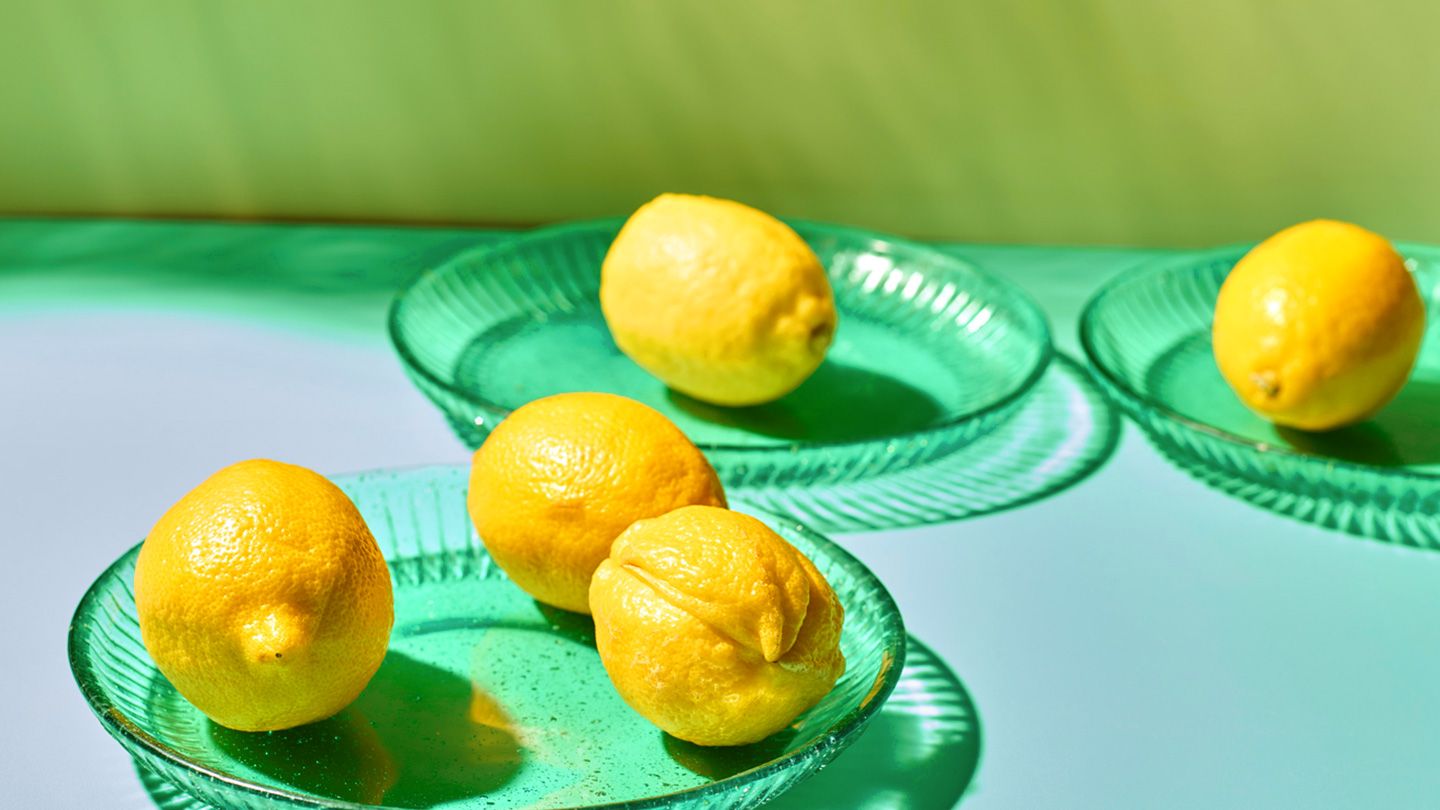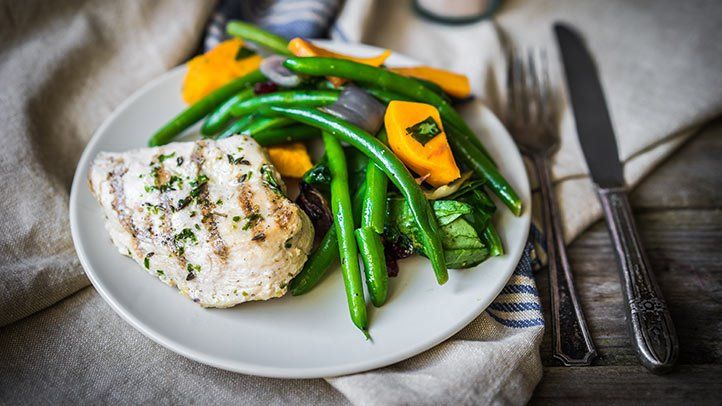How Massage Therapy Can Lead to Dehydration
Massage therapy provides many benefits for muscle and joint pain relief, stress reduction, and overall wellness. However, the manipulating of soft tissues during massage naturally leads to fluid loss that can result in dehydration if not properly addressed.
Why Massage Therapy Causes Dehydration
During a massage, pressure is applied to muscles, tendons, ligaments and skin. This pressure forces tissue fluids containing lactic acid, lymph, cellular waste, and other byproducts to be discharged from cells and enter general circulation.
Increased fluid circulation improves flexibility and range of motion by nourishing joint cartilage and spinal disks. But it also means more fluid exits the body as sweat and urine for hours after a massage.
Signs of Dehydration Following Massage
Most people lose approximately 12 quart of body fluid during a one-hour massage. This can lead to several symptoms if you fail to adequately rehydrate by drinking more water and electrolyte-rich beverages:
- Thirst
- Fatigue or weakness
- Dizziness or lightheadedness
- Dry mouth
- Reduced urine output or dark urine
- Nausea
- Headache
- Muscle cramps
Risk Factors for Dehydration from Massage
Certain individuals are more prone to dehydration issues related to massage therapy:
- Endurance athletes who workout extensively
- Older adults with reduced fluid reserves
- People taking diuretics or blood pressure medications
- Anyone with a pre-existing illness causing fluid losses
- People receiving longer or very intense deep tissue massages
Preventing Dehydration from Occurring
Staying well-hydrated before, during and after massage therapy is key. Drink at least one liter of water in the few hours preceding your appointment. Inform your massage therapist about any health conditions or medications that affect hydration.
During the massage, small sips of water can help replace fluid losses and avoid dizziness when lying prone for an extended time. Coconut water or an electrolyte sports drink are also good options.
After the massage, continue drinking more fluids and limit alcohol or caffeine which have diuretic effects. Eating fruits and vegetables with high water content aids rehydration as well.
Adjusting Massage Therapy for Dehydration Risks
Massage therapists tailor sessions based on a clients health profile, preferences, tolerance, and hydration status. There are several ways massage can be adapted to reduce odds of dehydration:
Time and Pressure Adjustments
Limiting massage length is an easy fix, especially for the elderly, endurance athletes or other high-risk groups. Standard sessions range from 30-90 minutes but can be shortened as necessary.
Using lighter pressure instead of very deep tissue work also minimizes fluid losses. Targeted trigger point therapy releases less internal fluid compared to large-scale techniques like effleurage (gliding) or petrissage (kneading).
Avoiding Heat Therapies
Heat is often used before or during massage to boost circulation and relax muscles. However, the addition of hot stones, heating pads or sauna-like conditions can quickly lead to dangerous fluid and electrolyte imbalances.
For clients prone to dehydration, massage without heat is best. Room temperature should be comfortable without triggering excessive sweating as well.
Adding Hydrating Oils
Most massage creams and oils already contain water and ingredients to moisturize skin. But for very dry skin or in hot, arid climates, special hydrating massage mediums can help prevent excess fluid losses.
Lotions containing hyaluronic acid, glycerin, aloe vera, jojoba oil or almond oil are great hydrating choices. They boost fluid levels within skin cells and slow water moving out of the body through evaporation.
Avoiding Problem Areas
Certain parts of the body are more prone to fluid congestion that can be suddenly released during massage. The abdomen, lungs, and cranium require specialized training before manipulation.
To prevent rapid fluid shifts to and from these areas, massage therapists avoid them in dehydration-prone clients or use very gentle touch unlikely to cause issues.
Restoring Fluids After Massage
Drinking adequate fluids and replenishing essential electrolytes soon after massage therapy is vitally important for avoiding complications. Follow these tips to rehydrate properly:
Water
Drink at least 16-24 oz of pure water immediately following massage to restore fluids. Filtered, bottled, distilled, spring or sparkling water all work. Consume another 32-48 oz over the next few hours.
Coconut Water
With naturally occurring electrolytes and minerals like potassium and magnesium, coconut water makes for an ideal rehydrating beverage after massage therapy. The potassium helps muscles relax as well.
Fruit and Vegetables
Consuming fresh fruits and vegetables high in fluid content further boosts hydration levels after massage. Good choices include cucumbers, watermelon, grapes, oranges, strawberries, celery, lettuce, and melons.
Bone Broth
Sipping on bone broth for a few hours after massage can replenish fluids along with proteins, glycosaminoglycans and minerals extracted from animal bones that support joint, skin, gut and muscle health.
Electrolyte Drinks
Sports beverages containing sodium, potassium and other essential electrolytes promote faster hydration than water alone. They also tend to boost blood volume more effectively after rigorous athletic massages.
When to Seek Medical Care for Dehydration
While most cases of dehydration after massage resolve on their own with proper rehydration, contact your doctor if symptoms persist for more than 24 hours or seem severe.
Immediately call 911 or get emergency care for serious signs of dehydration like extreme thirst, little or no urination, shriveled skin, confusion, fainting or unconsciousness.
Kids and babies dehydrate quicker than adults so monitor them closely for distress signals like no tears when crying, sunken eyes, or extreme fussiness. Call their pediatrician right away if you have rehydration concerns.
Preventing fluid losses during massage and adequately restoring hydration levels afterwards reduces odds of complications in both healthy and medically vulnerable individuals.
FAQs
Should I avoid massage if I'm at risk for dehydration?
No, you don't need to avoid massage even with health issues or medications that predispose you to dehydration. Just inform your therapist so they can take proper precautions during your session through things like reduced time, pressure adjustments or avoiding heat.
What should I drink before a massage?
Drink at least 8-16 oz of water 1-2 hours prior to your appointment to ensure you begin the session well hydrated. You may also opt for an electrolyte beverage which gets absorbed faster. Avoid alcohol or caffeinated drinks which have a diuretic effect.
Is a hot stone massage more dehydrating?
Yes, hot stone massage carries a higher risk of dehydration compared to regular massage since raising body temperature causes more sweating and fluid losses. If you are prone to dehydration, it's better to get a massage without heated stones.
Should I weigh myself before and after massage?
It can be useful to weigh yourself on a home scale before and after massage to monitor fluid losses. Just keep in mind normal fluctuations and that you'll immediately regain a few pounds after properly rehydrating over the next day.
Disclaimer: This article is for informational purposes only and does not constitute medical advice. Always consult with a healthcare professional before starting any new treatment regimen.
Related Coverage
Discover the potential benefits of turmeric lemonade for weight loss, including its anti-inflammatory properties, metabolism-boosting effects, and simple recipes to incorporate it into your diet....
Some Ozempic users report increased joint pain and arthritis-like symptoms. Find out why and get tips for managing joint discomfort while on Ozempic....
Excess weight worsens carpal tunnel syndrome by increasing inflammation and pressure on the median nerve. Losing 5-10% of weight can ease wrist pain and tingling....
Learn how rolyan therapy putty can help strengthen grip, improve dexterity, and relieve arthritis pain through simple hand exercises and occupational therapy techniques....
Learn about Actemra interactions with drugs, alcohol, and supplements. Stay safe while managing your inflammatory condition effectively....
Oats provide impressive health benefits for weight loss, heart health, digestion, muscles and immunity. Their versatility also allows many tasty recipes and uses....
Learn about the autoimmune protocol (AIP) diet and how to systematically reintroduce foods after the elimination phase. Understand which foods to bring back slowly....
Learn how to distinguish whiplash vs concussion symptoms. Compare the causes, diagnosis and treatment options for these two common head and neck injuries....
Get the complete nutritional profile of fried chicken gizzards. Learn about the health benefits it provides, as well as potential drawbacks to be aware of....
See photos of common Sjögren's syndrome skin rashes like erythema nodosum, annulare, papulosquamous eruptions, photosensitive rashes, and vasculitic lesions....








